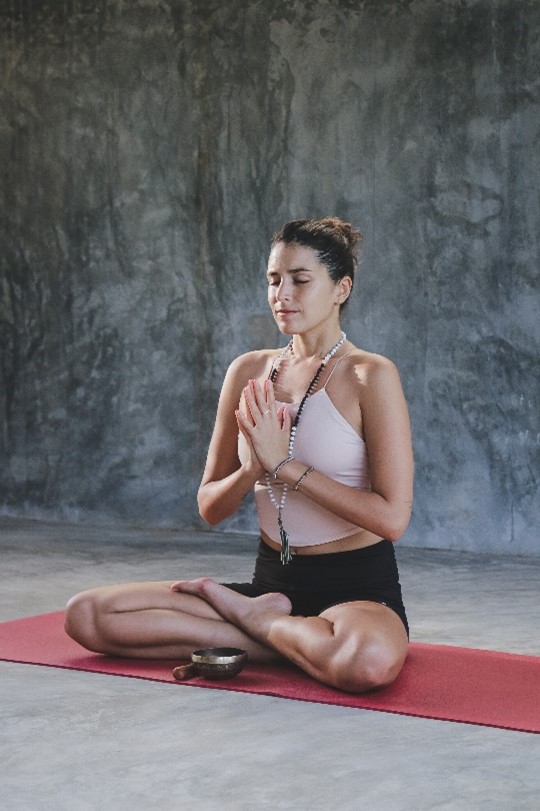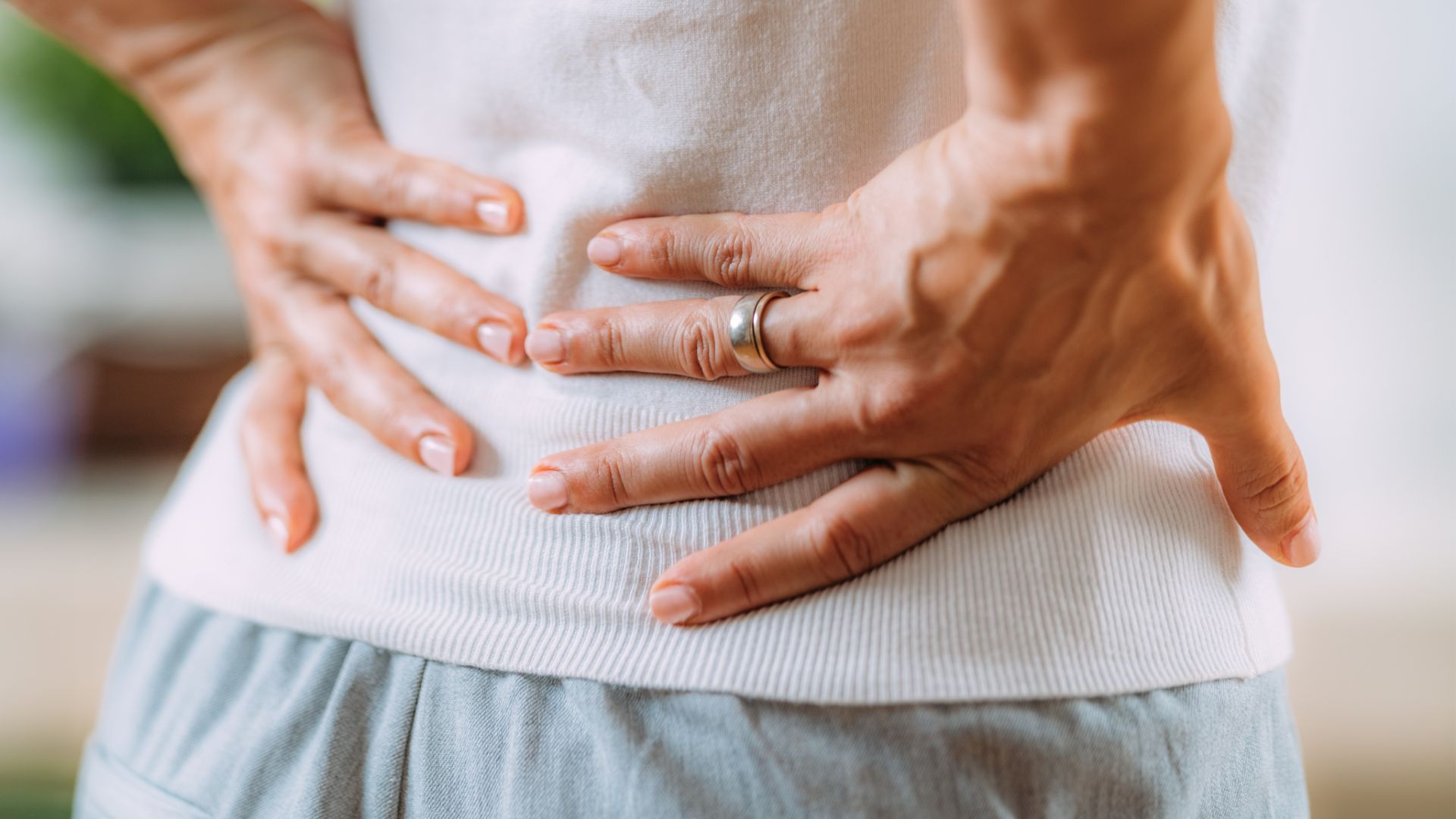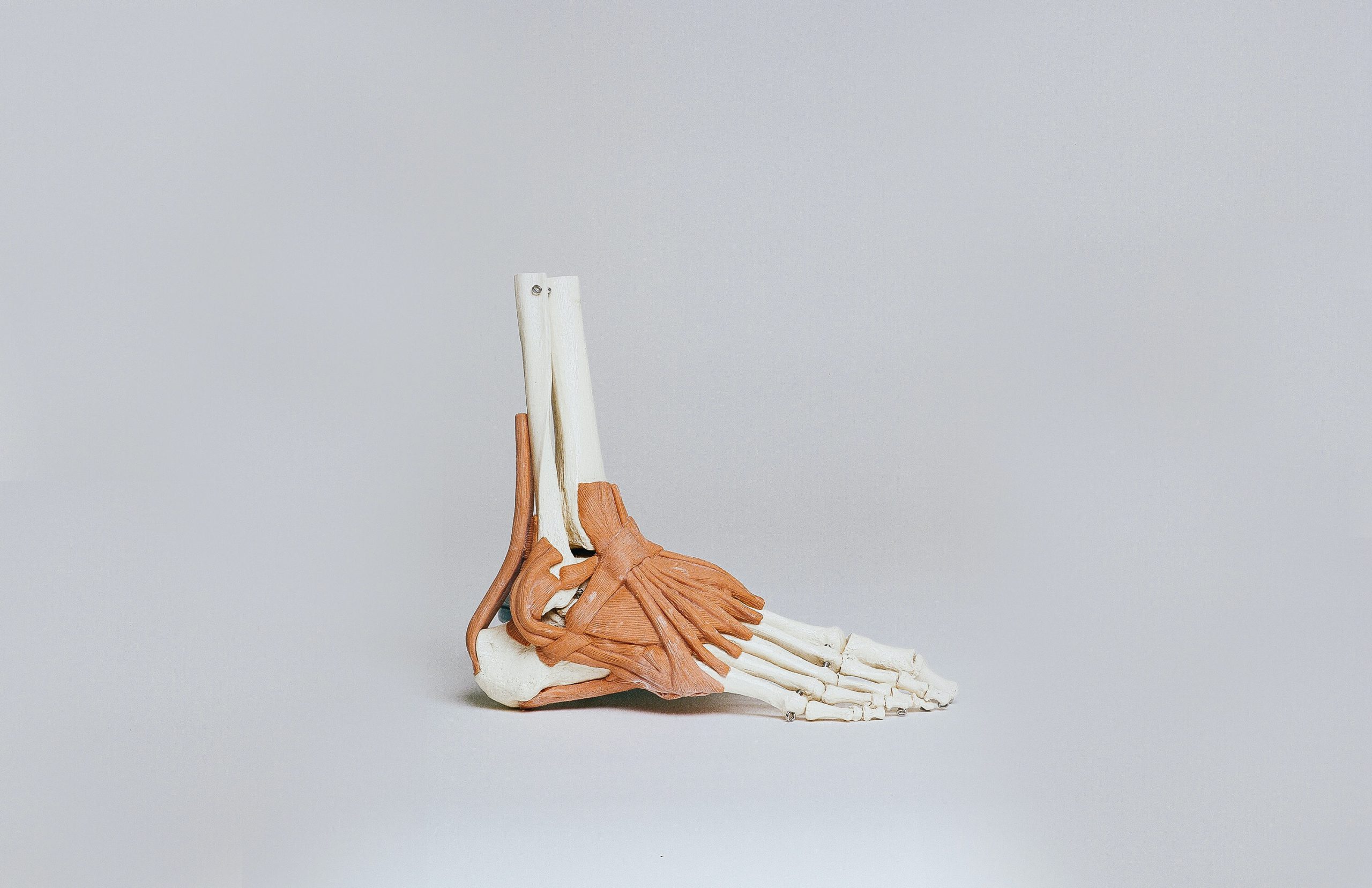Lower back pain: symptoms, remedies and exercises for pain relief
Lower back pain, also known as lumbago, is often seen as a simple backache. Let’s look at the other symptoms, risk factors, pain relief remedies and exercises that help.
Lower back pain is an increasingly common problem, and impacts us on a medical, social and economic level. Annual cases of lower back pain reach a peak between the ages of 30 and 50, representing one of the main causes of absence from work, requests for medical appointments and diagnostic tests. The prevalence of lower back pain among adults varies from 50% to 80%, with the likelihood of recurrence (i.e. that it can come back again) ranges from 50% to 60%. Back pain can persist over prolonged periods of time, and can become chronic in around 5-7% of cases.
- Backache, lower back pain and lumbago: let’s clarify
- Classification of lower back pain
- What are the risk factors?
- What are the main causes of lower back pain?
- What are the symptoms of non-specific lower back pain?
- What to do in the case of acute lower back pain?
- How can I get rid of lower back pain? Remedies
- Examples of lower back pain exercises to do at home
- Read more: back ache and lower back pain during pregnancy
- Read more: lower back pain from kidney or urological pain
Backache, lower back pain and lumbago: let’s clarify
Starting from the top, the spinal column is made up of 7 cervical vertebrae (C1-C7), 12 thoracic or spinal vertebrae (D1-D12) and 5 lumbar vertebrae (L1-L5). The sacrum is connected to these vertebrae, and at the beginning is made up of 5 independent vertebrae that after birth merge into a single bone, in addition to which we have the coccyx, in turn made up of 3-4 rudimentary vertebrae.
Therefore, the terms lumbago or lower back pain (synonymous) mean symptoms that affect the lower area of the back, and in physiotherapy terms this means the area from the tenth thoracic vertebra to the sacrum, which in this case is also referred to as lumbosacral pain.
However back pain can also be found in the upper area, from the first/second spinal vertebra through to the tenth spinal vertebra, in this case known also as upper back pain or dorsalgia.
Classification of lower back pain
The complete classification, as suggested by Deyo and Weinstein in 2001, divides back pain into 3 groups:
- Mechanical back ache or leg ache, accounting for around 97% of cases
- Non-mechanical vertebral problems, accounting for around 1% of cases (tumours, infections, arthritis, etc.)
- Visceral pathologies, accounting for around 2% of cases (kidney disease, gastrointestinal disorders, etc.)
Mechanical back pain (the first type) can in turn be divided into specific and non-specific (common) lower back pain. Specific lower back pain affects around 10% of people and involves osteoporotic vertebral fractures, herniated disc, spinal stenosis, spondylolisthesis and serious spine deformities.
Over 85% of patients with pain symptoms in the lower back area also fall within the vast category defined as non-specific lower back pain. The patients in this category, mainly aged between 25 and 55, suffer from lower back pain, the discomfort of which cannot be determined as attributable to a specific cause.
What are the risk factors?
The following factors can contribute to the start of lower back pain, its recurrence and persistence:
- Hereditary factors
- Age
- Physical structure
- Physical form
- Smoking
- Occupational risk factors
- Psychological and social risk factors
What are the main causes of lower back pain?
The main structures in the lower back area that can cause lower back pain are:
- Intervertebral disc
- Nerve roots
- Dorsal root ganglia
- Facet joints
- Ligaments
- Muscles and tendons
The correct identification of the cause of pain is essential to achieve complete relief from the pain.
Only an appointment with a specialist doctor (orthopaedist or physiotherapist) and an accurate physiotherapy examination will enable the identification of the source of the symptoms and thus the correct rehabilitation plan.
What are the symptoms of non-specific lower back pain?
The start of lower back pain is reported in literature with uniform characteristics. Most people in fact refer a sudden and spontaneous pain, without any particular trigger events. In most patients, lower back pain seems to occur during normal daily and work activities, despite the fact that these tasks have been performed many times beforehand and without any issues.
Once the pain starts, it is likely that the lower back pain gradually resolves by itself, reaching remission within 4-6 weeks in 75-90% of the cases. Recovery reaches 90% within the next 12 weeks (sub-acute phase). Only 7-10% of patients’ pain becomes chronic.
However, these timeframes can be significantly reduced with adequate physiotherapy sessions.
Over 70% of subjects resume normal working activities even before reaching complete symptom remission, exposing themselves to the classic feature of lower back pain: the frequent return of pain.
What do we do then, and what are the remedies in the case of lower back pain?
What to do in the case of acute lower back pain?
The first thing to do is to seek medical attention from your doctor or specialist, who will check for any of the “Red Flags”, which require further tests:
Once any non-mechanical or other medical causes have been excluded, the doctor will refer his/her patient to a physiotherapist. After a careful evaluation, taking the medical history of the patient, a physical and postural examination, the physiotherapist will then suggest the most suitable treatment.
How can I get rid of lower back pain? Remedies
For both chronic and acute lower back pain, conservative physiotherapy is the ideal choice, trying where possible to avoid the use of anti-inflammatory medication or muscle relaxants.
- Acute lower back pain: the main aim of the physiotherapist is to reduce the patient’s symptoms, above all by manual therapies, including mobilisation and manipulation, physical therapies (e.g. TECAR Therapy or LASER Therapy) and specific exercises. In fact it is well known that in the case of acute lower back pain, total rest is often counter-productive, while gentle, controlled movements can lead to quicker recovery times. Once the acute phase is resolved, we then move on to the possible causes that triggered the problem, through specific training sessions and postural re-education
- Chronic non-specific lower back pain: in this case, the pain is usually due to postural problems, the lack of muscle tone or excessively stiff muscles and joints. In some cases the cause of lower back pain can be found in another location, in other dysfunctional areas of the body that may have compensated in this manner. It will be up to a good physiotherapist to investigate all possible causes until he/she finds a permanent solution to the problem.
Examples of lower back pain exercises to do at home
While not forgetting that the exercises you do alone at home should always be those recommended to you by the physiotherapist according to your specific clinical case, this section lists a number of tips you can follow and exercises you can do in reasonable safety at home to relieve lower back pain.
Above all during the first few days of an acute phase, we always need to try slow and controlled exercises, avoiding any pain.
- Diaphragmatic breathing
 Photo by Ale Romo Photography on Unsplash
Photo by Ale Romo Photography on Unsplash
The diaphragm is the most important breathing muscle, and thanks to its connections to the vagus nerve also has a powerful muscular relaxation action on the entire body if used as it should be. In the case of acute back pain, try lying on a mat face up, with the knees bent and feet firmly on the floor. From this position, breathe in through the nose for 5 seconds, trying to keep your chest still and lifting the belly thanks to the movement of the diaphragm. Then breathe out for 5 seconds from the mouth, keeping it wide open. Continue for 5’-10’.
- CAT-CAMEL (or cat) mobilisation
Get on all fours on a mat, with the hands placed directly below the shoulders, knees below the hips and the back parallel to the floor. From this position, and without ever moving the hands or knees, slowly breathe in and arch your back, moving the back of your neck towards the sacrum. Then perform the opposite movement: breathe out and curve your back upwards bowing your forehead towards your pelvis, without ever moving your hands or knees. Slowly alternate these two movements for 4’-5’.
- Knee to chest
Lying face up on the mat, grip one knee with both hands and bring it up towards your chest, until you feel a slight tension behind the thigh or back. At the same time, keep the other leg straight and parallel to the floor. From this position, breathe deeply from the diaphragm. Keep this position for around one minute, after which do the same exercise with the other leg, and then both legs.
Read more: back ache and lower back pain during pregnancy
Lower back pain during pregnancy is a common problem, which usually occurs from the 5th-6th month onwards, but which in some cases can start just a few weeks after conception. The most affected area is the lower back, but the pain can spread through to the pelvis, buttocks and the upper back.
The causes lie almost certainly in the change of the body’s centre of gravity, with the spinal column carrying most of the load. Indeed after the 5th-6th month of pregnancy, the expectant mother tends to accentuate her natural curvature (lordosis) of the spine, in order to reduce pressure on the pelvic floor on which the baby presses from the womb. Other causes may be found in hormonal imbalance, weight increase of the expectant mother and pregnancy-related mental and physical stress.
In most cases, the pain goes away after birth, but there are some useful tips to take note of to reduce the symptoms during pregnancy.
- Sleep on one side, with a cushion between the legs. U-shaped cushions are available commercially, designed specifically for expectant mothers.
- Keep weight gain under control, trying to avoid putting on too much during the pregnancy.
- Carry on/start an appropriate physical exercise routine, such as soft gymnastics or yoga in pregnancy, until just before the birth.
- Physiotherapy: during pregnancy, physical therapies (such as TECAR or LASER) are absolutely prohibited, but the physiotherapist can give you some light massages, positioning the expecting mother on her side, to relax the muscles and provide some relief.
Read more: lower back pain from kidney or urological pain
Given the proximity of the visceral sensory fibres of the kidneys and the urinary tract with the cutaneous sensory fibres of the D10-L1 tract, in some cases kidney or urological pain can be felt by some patients in the lumbar region.
Kidney pain is normally felt in the costovertebral and posterior subcostal regions (the side) spreading to the entire lumbar region, while urethral pain is felt in the groin and around the genitals. Both kidney and urethral pain can spread to the front around the side towards the lower abdomen.
How can you distinguish between kidney/urethral pain and lower back pain?
- Neither kidney nor urethral pain changes by changing position.
- Typical kidney pain is constant, incessant, and dull, but at times it can be severe and stabbing.
In the case of suspected lower back pain caused by kidney problems, the physiotherapist will be able to refer the patient to his/her doctor for correct diagnosis.
Conclusions
Lower back pain is one of the most frequent problems that lead the patient to the doctor or physiotherapist, and therefore merits special attention due to its personal, health and financial impact. With a modern outlook, the clinician must not only bear in mind muscular-skeletal disorders but must also take a broader view to include biological, psychological and social factors such as psychological distress and behaviour associated with the illness.
Therapy during the acute and sub-acute phase consists in reassurance, education, pain relief and an early return to normal occupations.
Meanwhile, therapy during the chronic phase consists in a rehabilitative approach for functional, multidisciplinary recovery taking into account cognitive and behavioural factors.
The doctor, physiotherapist and patient must therefore actively collaborate, each working to achieve the shared objective of resolving the pain and the cause that triggered it.
Source: “Trattato di medicina fisica e riabilitazione” [“An essay on physical medicine and rehabilitation”] by Valobra, Gatto, Monticone, edited by Utet Scienze Mediche, 2008.









